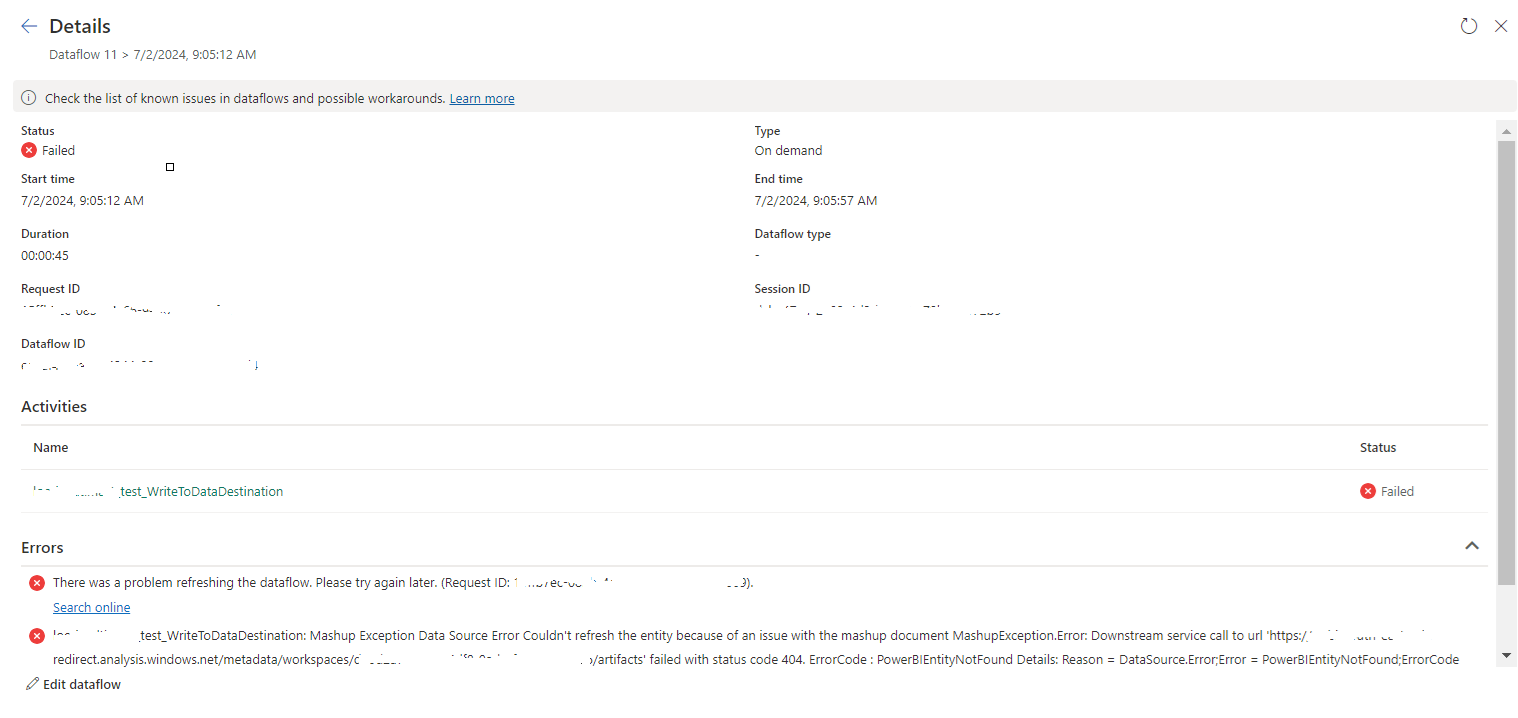While working with SQL Data Mining, I got the below error when I tried to insert data to the mining structure.
But I checked the query and all are in the correct way. I create an SSIS package to find whether there is an issue with data and found that the above error message was raised due to some inaccurate data.
When I ran the query by trimming the sorting column, query executed successfully. Since there are spaces in the sorting column, it thinks that columns are not sorted in the correct order and gives the above error message.







